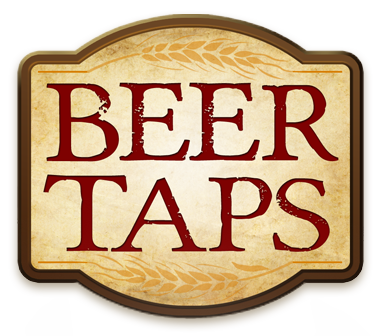

- Home BarKegeratorsHomebrewDispensersTap HandlesParty & PicnicGlasswareBeer BrandsLearning Center
- Home Bar Installation and Service
- Setting Up A Kegerator
- Glass Hanging Ideas for Your Home Bar
- Making Sure Your Beer Lines Are Clean
- Converting a Refrigerator into a Kegerator
- Wall Tap Ideas
- Choosing A Kegerator
- Checks When You Have Foamy Beer
- Mastering Your Home Brew Recipe
- Home Brew Tips and Tricks
- Troubleshooting Checklist
- Kegerator / Beer Lines Checks
- Home Brewing Coil Cooler
- Finding Your Homebrew Flavor
- Beer Logo Design
- Tap and Coupler Guide
- Bringing Your Home Bar Home
- Home Beer Brewing Supplies to Get You Started
- Beer Brewing Tips
- The Perfect Christmas Blend Beer
- Building Your Home Bar
- How to Keep Beer Cold at a Party
- What Temperature Should I Set My Kegerator
- The DIY Outdoor Bar
- How To Build Your Own Home Bar
- Party Ideas
- How to do Bartending Tricks
- How to Stock Your Home Bar
- Getting Carbonation Levels Right for Bottled Beer
- Force Carbonation Chart
- The Art of Knowing Beer
- Making Your Own Beer Stein
- Calculating Alcohol by Volume (ABV)
- Build Yourself a Bar
- Brewing Pumpkin Beer
- How To Make A Beer Tap
- Using Salvaged Windows to Decorate
- Simple But Great Home Bar Ideas
- Tailgating Game Ideas
- Beer Facts Everyone Should Know
- Beer Ideas That Could Benefit Everyone
- The Benefits of Drinking Beer Moderately
- Custom & Decorative Draft Arms
- A System
- A Great Historical Moment in Beer Brewing History
- How to build a Kegerator
- The Monty Hall Problem Applied to a Fun Drinking Game
- Opening a Beer Bottle without a Beer Bottle Opener
- Suspended Bar
Home | Getting Carbonation Levels Right for Bottled BeerGetting Carbonation Levels Right for Bottled Beer
Properly carbonating your beer is a simple process that can be done a handful of ways. I was recently asked if the carbon dioxide systems that add pressure to the keg can put the carbon dioxide in the beer as well. Great question! Iíll tell you why. If you donít ask the question, youíll never know the answer.
The man who was asking the question was referring to bottling his beer. So, Iíll answer that question. But, Iíll also talk about kegging your own beer as well.
When making your own home brew, you can either use force carbonation or natural carbonation. Force carbonation is best when putting your beer in a keg because of its closed system. Natural carbonation can be used for either a keg or a bottle simply because of the carbonation method.
You have to learn your beer recipes, but sugar and yeast actually provide the carbonation you need. Donít put too much sugar in your brew. But, make sure you put enough. One cup of sugar per batch of German and American style beers is about the right amount. But, use more sugar for higher gravity beers.
Of course, as with every other brewing strategy weíve come up with as beer enthusiasts, this is one youíll have to sample and recalculate for your own taste. Try different amounts of sugar and keep a log if you really want to peg it. But, youíll have to go through the same process for different beer recipes you try.
Force carbonation works best when kegging your beer. You need a carbon dioxide cylinder and a regulator. At this point, I can give you some ideas about different types of beers. But, knowing the three parts of carbonating beer will help you figure out carbonation levels on your own.
First of all, it depends on the temperature of your beer, which you can obtain easily with a thermometer. Second, youíll need to know the desired carbonation level for the type of beer youíve brewed. Beertaps.com has a chart of common beer brews. Once you know those two things, you can calculate the PSI to set the regulator.
When you have your keg at the temperature you want, connect your carbon dioxide tank to the gas-in connection on your keg. Make sure the lid is on and sealed. Make sure to purge the oxygen from the keg using the carbon dioxide. Set your PSI according to your temperature and desired carbonation levels. Let it sit in the refrigerator or keg for a few days until the carbon dioxide has completely absorbed into your beer.
You can speed up this process by increasing the surface area of the beer inside the keg. Itís a simple process of putting the keg on its side and rolling it a little. Carbon dioxide will be able to absorb into the beer faster.








